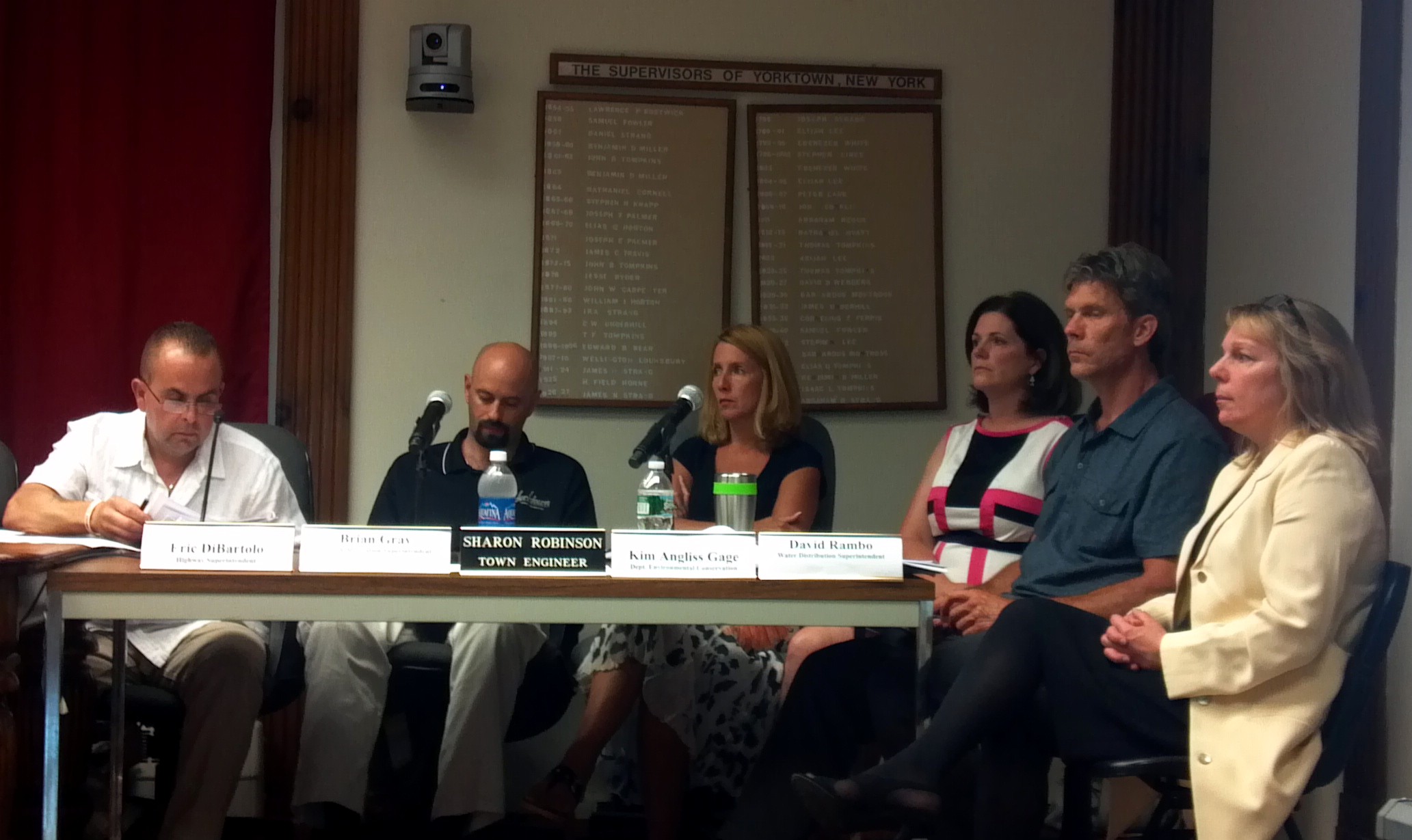Home Guru: The American Dream Reawakens on the Cheap and Fast
 Normally not one to make pronouncements of historic proportion in so complex a field as the housing market, (where even top analysts have stumbled repeatedly in the throes of the housing bubble and its rapid but enduring deflation,) I’m going to go out on a limb here in re-framing the American Dream.
Normally not one to make pronouncements of historic proportion in so complex a field as the housing market, (where even top analysts have stumbled repeatedly in the throes of the housing bubble and its rapid but enduring deflation,) I’m going to go out on a limb here in re-framing the American Dream.
Besides freedom, having a job and owning a car, most people associate the American Dream with owning their own home. But, in the past few years, the promise of home ownership has been snatched away from many younger Americans — first because of the inflated prices of the bubble, from the spring of 2001 to December, 2007, then the Great Recession in which mortgages were hard to get and prospective buyers feared entering the market before it hit bottom.
Now after five years of declining home values and listless sales, there is suddenly a great inventory of affordable houses at the lower end of the price spectrum, with homes being found for $250,000 or lower. At the same time, a new army of first-time homebuyers has jumped into the market with astounding vigor in just the past few weeks. Things are hopping on the cheap, but also on the fast, the very fast.
I know that from personal experience. A young couple asked me to find a home in this range just this month and together we identified 10 that were active on the Multiple Listing Service. There was a delay of just a few days in our getting together and during that time the status of eight of the 10 homes had changed from “active” to “accepted offer, continue to show,” or “show for back up only.”
At the height of the bubble in 2006, only 112 homes had sold in our region for under $250,000 that year, but that number has swelled to 422 homes sold this year. You might wonder what the major cause is for a new glut of affordable homes at a price range that would have been nearly impossible to find in 2006.
We all know the main reasons, and I have one theory of my own. When the subprime mortgage debacle burst the housing bubble, buyers literally disappeared either because of job loss or the fear that housing prices would be declining for a long time. Also, mortgages became more difficult to get. The formerly unheard of term “short sale” rose from obscurity to prominence, and the lower sales prices that banks were willing to accept to satisfy a mortgage impacted the asking price for other homes on the market.
But here’s my theory about the current availability of reasonably priced homes that has nothing to do with the reasons cited above: that is, the natural cycle or lifespan of home ownership.
Except for a few pockets in lower and mid-Westchester, such as in New Rochelle, Mt. Vernon and Ossining, most homes now priced under $250,000 are located in northern Westchester and eastern Putnam Counties. Until the 1960s this area was farmland that provided the space for many tracts of housing to accommodate young families who wanted to move from the city at that time.
While the majority of people move on the average of every seven years, many of the homes in this area have had only one or two owners since they were built. As an example my research shows that of the 13,000 households in my hometown of Yorktown, almost 1,700 homeowners have been in the same house for more than 30 years, which I find an incredible statistic, and now they’re ready to retire either to a senior community or to head south.
“That’s absolutely right,” my friend and fellow realtor Rose Delagi at Coldwell Banker said in agreement when I bounced my theory off her. “That is exactly what happened in my family,” she explained. “My parents moved here from a small apartment in the Bronx in 1965, and they stayed in that house until they retired in 1998.
“They sold at a lower price range for the market at that time, just under $200,000, because they hadn’t done any upgrades,” she added. “They didn’t care anything about granite marble tops or brushed steel appliances. They were just glad to have a home!”
Rose further commented that she regretted that her parents didn’t wait a couple of years until prices rose exponentially during the bubble, “but they were happy to have profited enough to buy a retirement home in North Carolina.”
Today many new retirees who paid under $50,000 for their homes in the 1970s and are mortgage free can still benefit from a sale that may be 25 to 30 percent lower than they would have realized five years ago.
The other beneficiary of this scenario is the first-time homebuyer looking for a moderately priced home at a time when interest rates are at an historic low and inventory still allows a good choice.
If you’re ready to buy your first home, priced under $250,000, call a realtor and come look at some of the 433 homes available today at that price range in Westchester and Putnam. And, if you’re willing to travel a little further north to Dutchess that number swells to 780.
But because these bargains are now moving quickly, be sure to act fast, very fast.
Bill Primavera is a licensed Realtor® associated with Coldwell Banker and a lifestyles columnist who writes regularly as The Home Guru. For those seeking advice on home maintenance or who want to buy or sell a home, visit his website, www.PrimaveraHomes.com, or call him directly at 914-522-2076.


